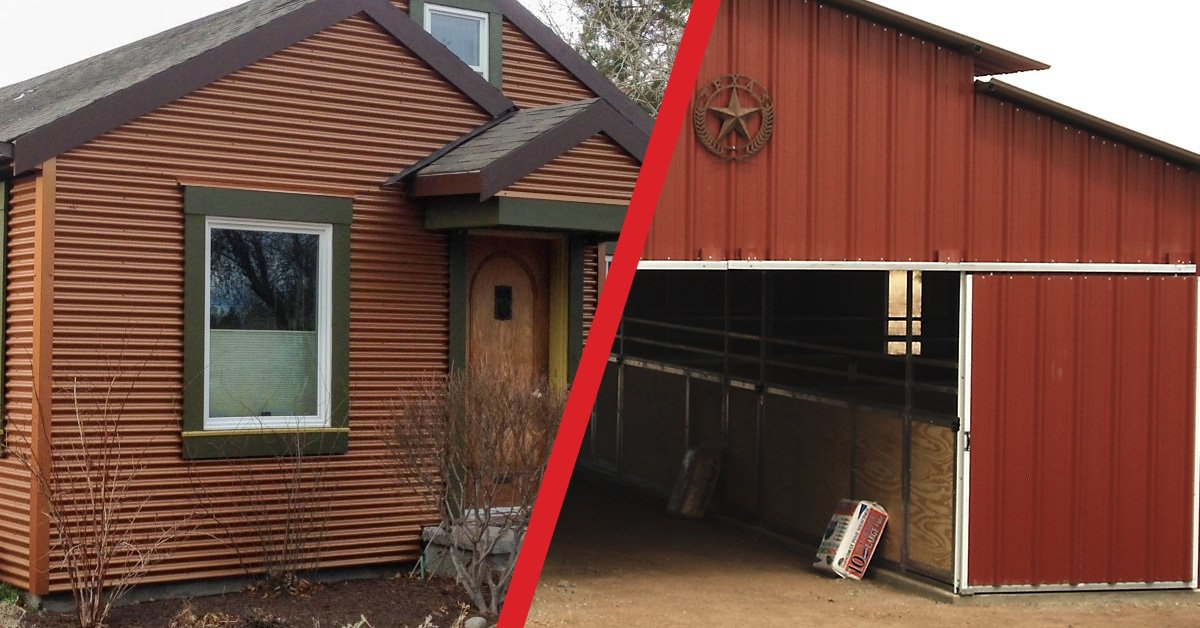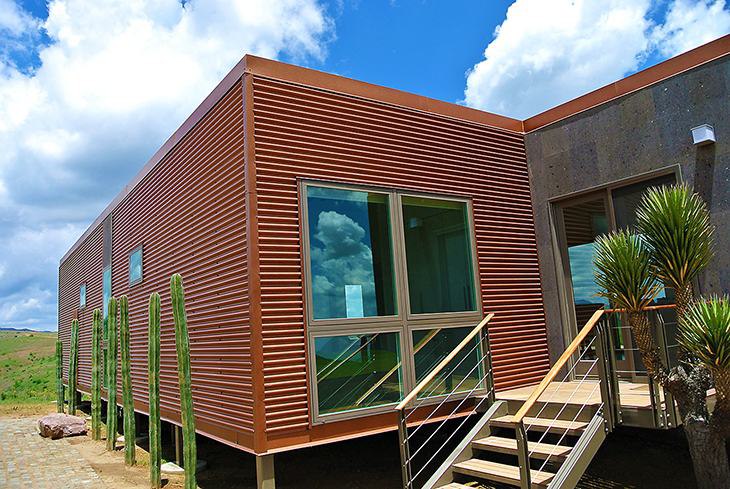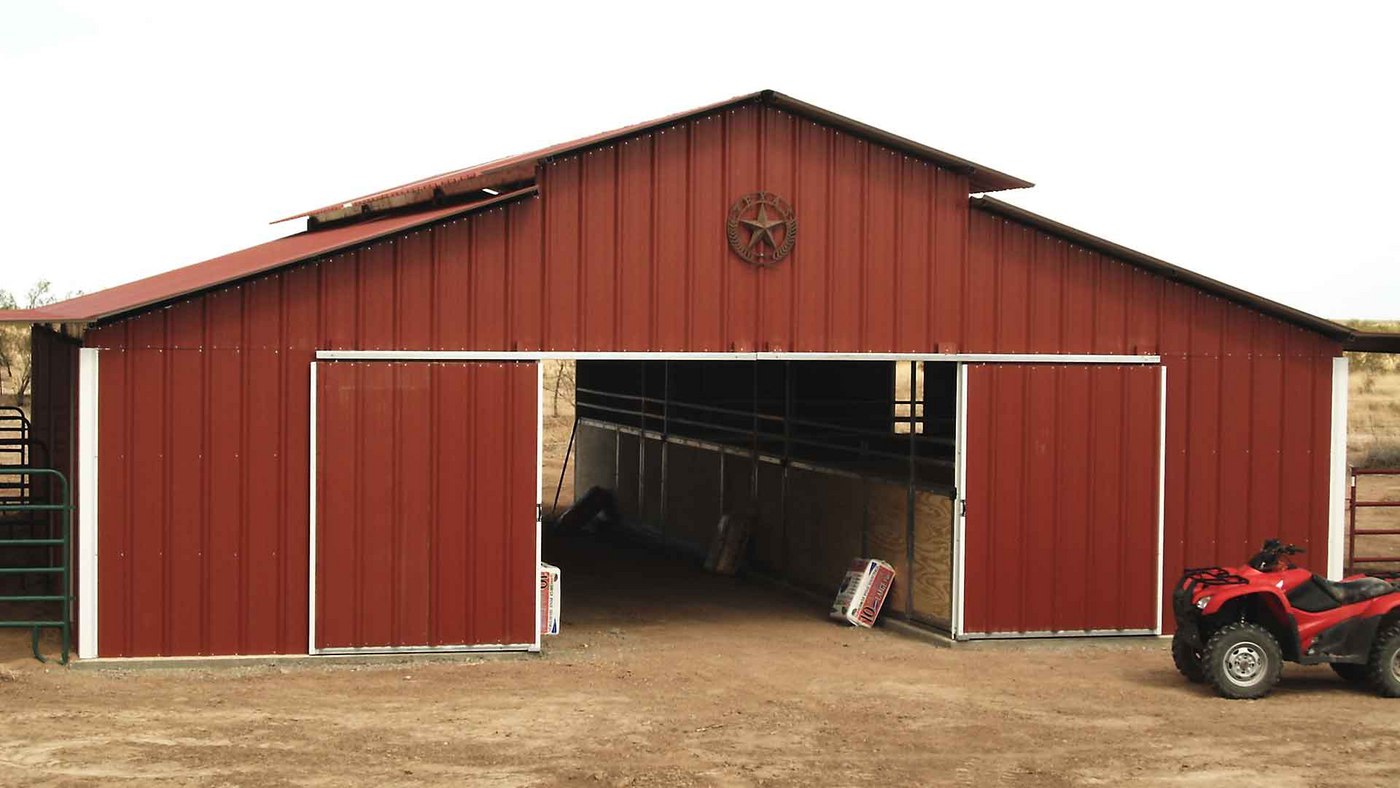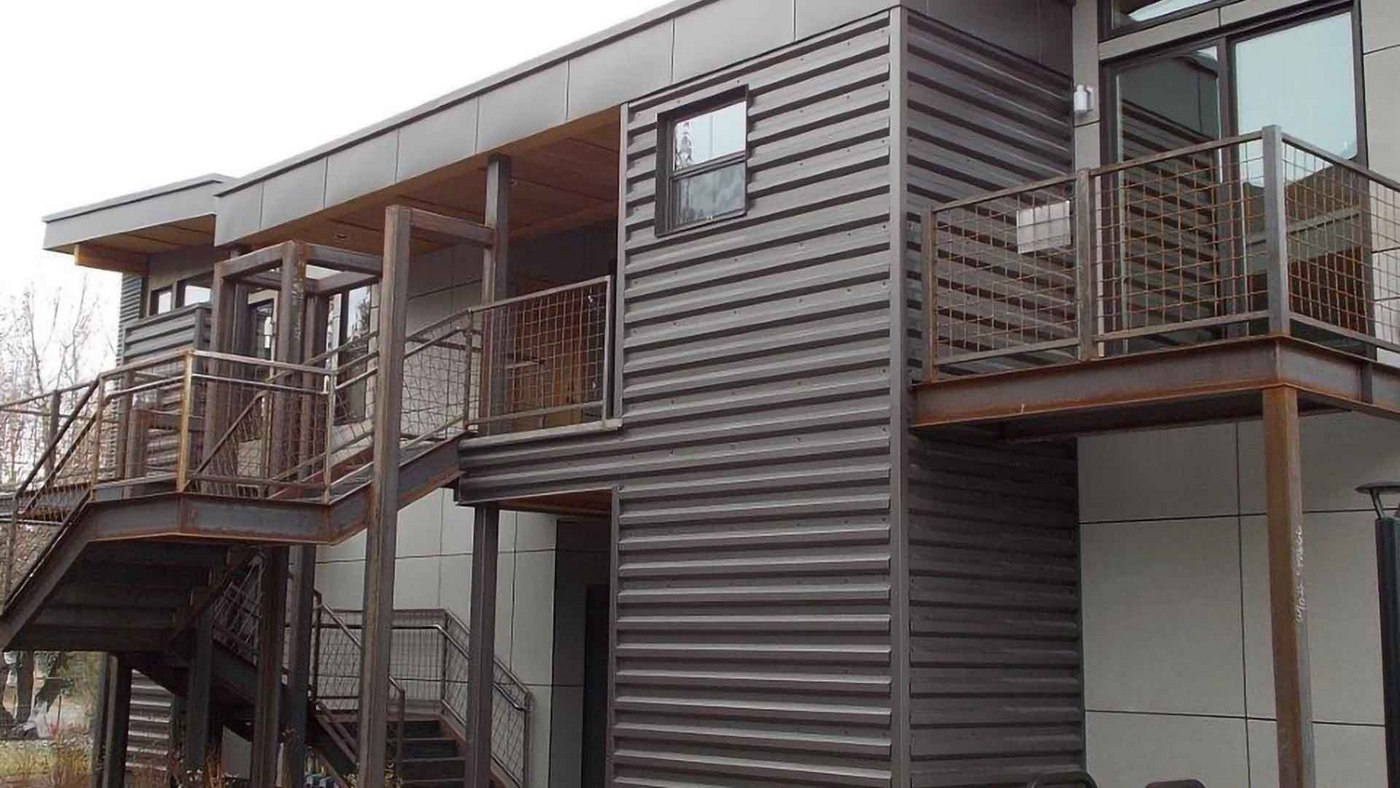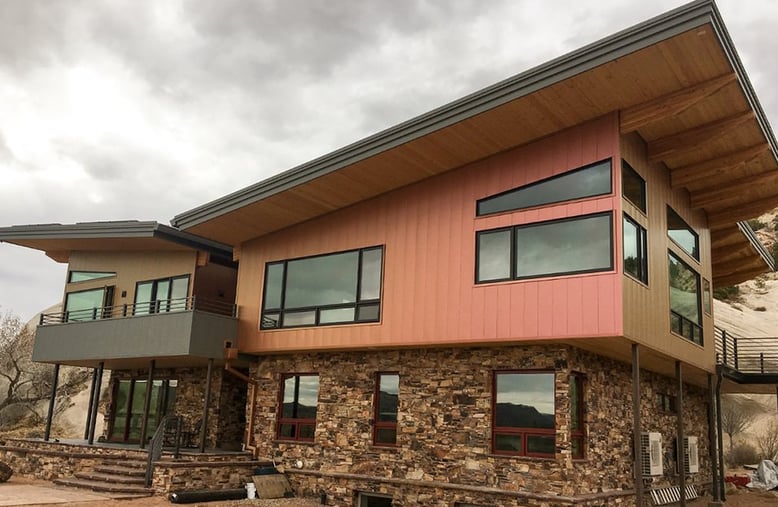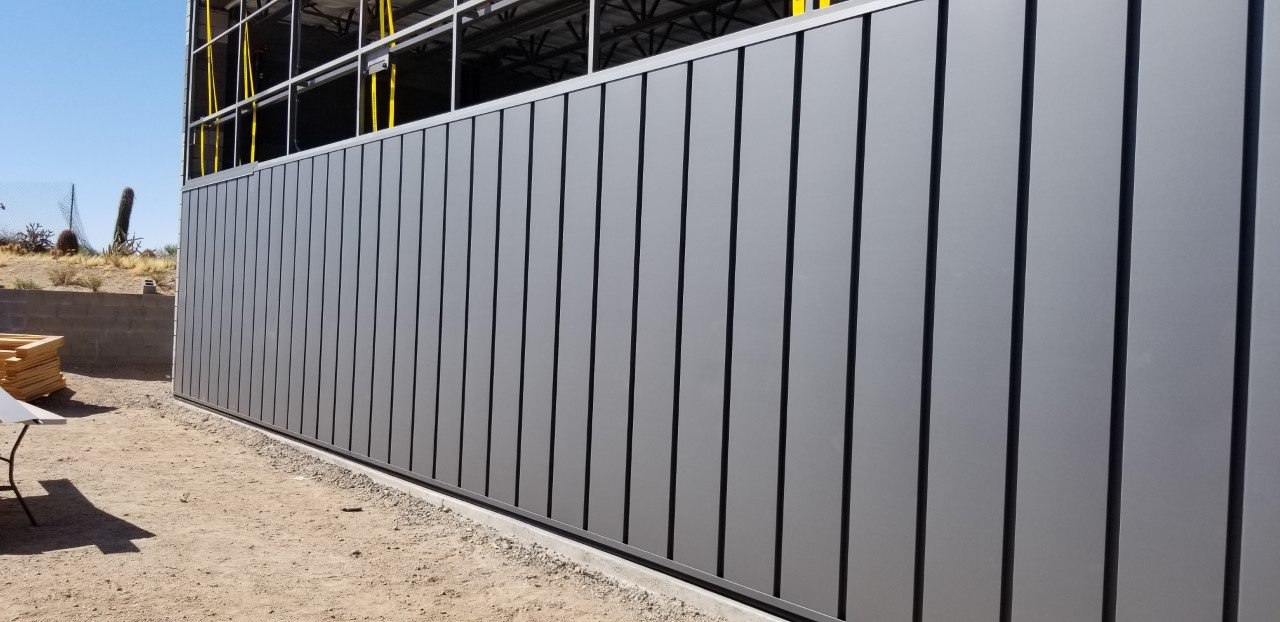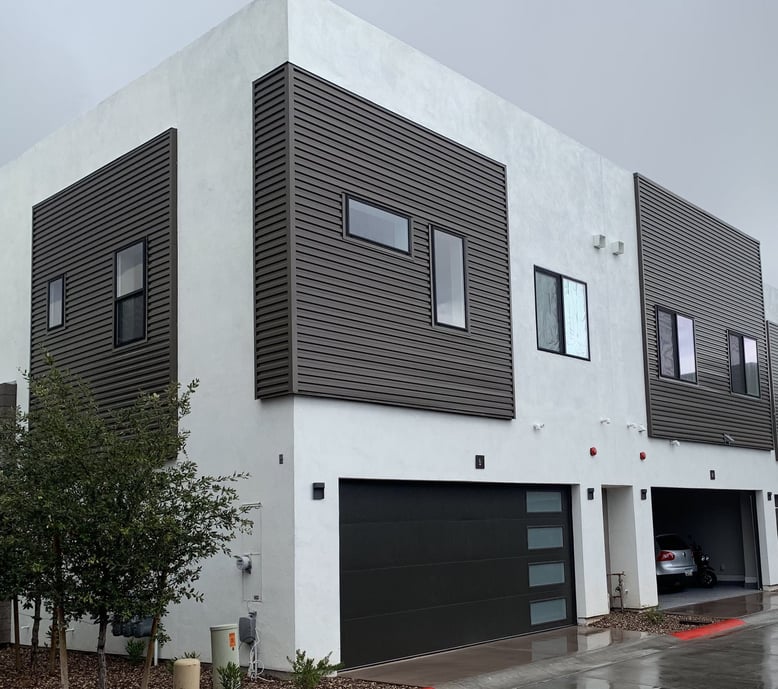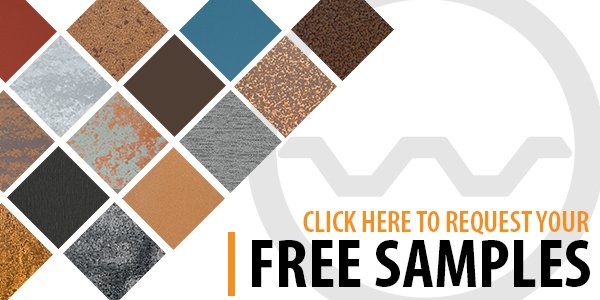Which Metal Wall Panel Is Right For You: Types, Cost, and Maintenance
Finding the right metal siding for your home or commercial project can definitely be overwhelming. From all the decisions that need to be made for the material, color, and panel profile, we understand that those decisions are not simple choices. Having the correct details to find the right metal wall panel is essential in any home improvement project.
At Western States Metal Roofing we work with people every day just like you. With over 20 years as a metal wall panel and roofing manufacturer, we are experts in the industry and are here to help guide you to the best metal wall panel for your home.Metal panel systems may be popular for metal roofing, but metal wall systems are also a crowd favorite! From the exterior of your home to the interior and even the ceilings, there is definitely more you can do with metal panels to take your design ideas to the next level.
In this article, we will break down and compare the six most popular metal wall panels we have available. But before we dive into each type of panel, let’s go over some quick information to understand our panel options better. By the end of this article, you will understand the difference between each wall panel type and will find which panel is best for your home project.
Types Of Metal Wall Panels
Exposed Fastener Wall Panel vs. Concealed Fastener Wall Panels
Before we dive into the types of panels, it’s critical to understand the two categories of fastening systems. Without this knowledge, you can’t know what type of panel is suitable for you. Let’s dive into the difference between exposed fastener wall panels and concealed fastener wall panels
Exposed Fastener Panels have visible fasteners on the surface of the panel: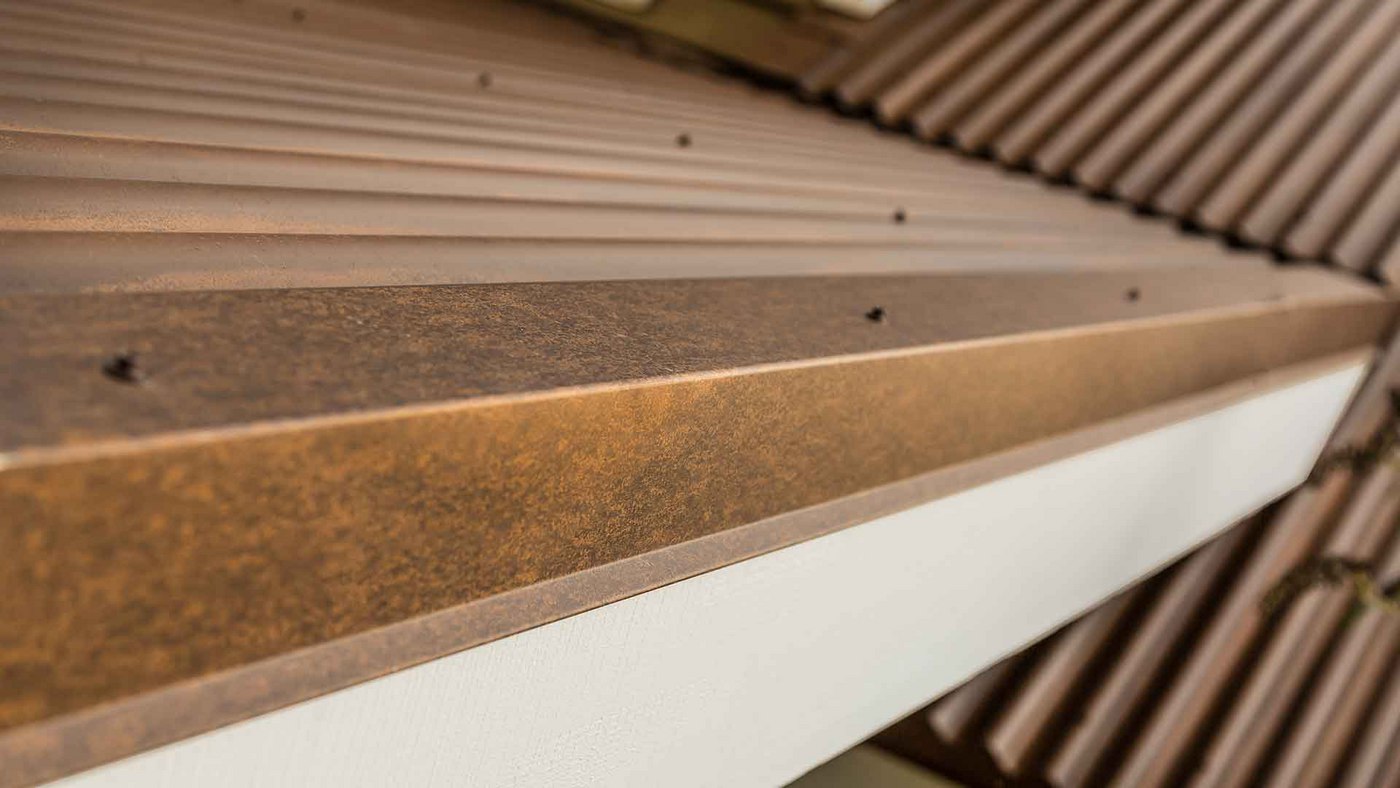
Concealed Fastener Panels have hidden fasteners that interlock inside: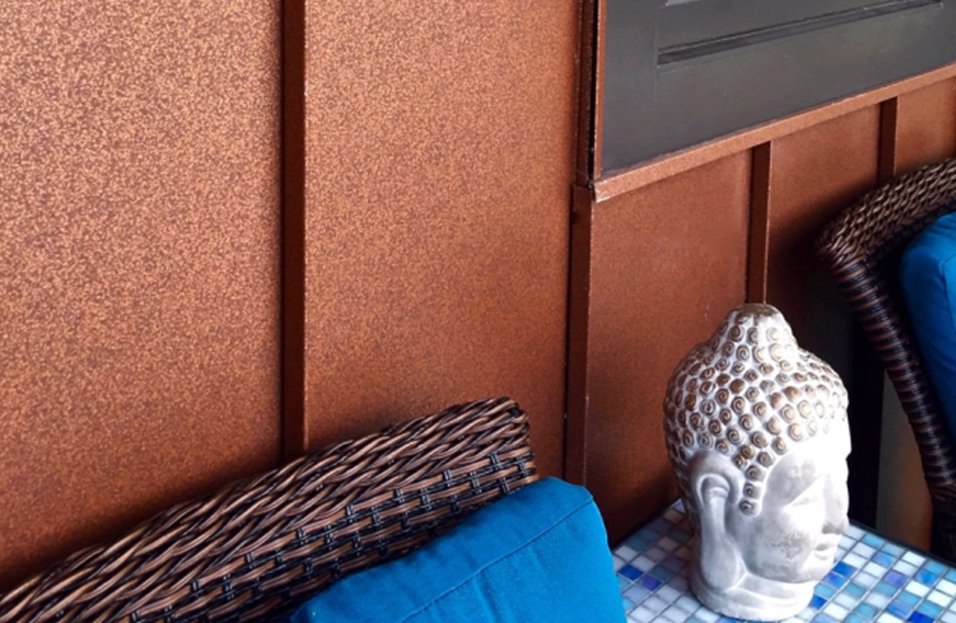
| Exposed Fastener Wall Panel | Concealed Fastener Wall Panel | |
| Affordability | Yes- at least half the cost of concealed fastener panels | No- can cost 2-3 times as much as exposed fasteners |
| Style | Classic metal siding style. Available with a wavy or boxy looking appearance. | Modern, sleek, and contemporary appearance because the fastening system is hidden. |
| Weathertightness | Less - small entry points from the exposed fasteners can allow water to leak through. However, this is less of a concern because the wall panels are upright and vertical, as opposed to metal roofs. | More- the concealed screws are hidden and are not exposed to the weather. |
| Maintenance | High - Yearly inspections are recommended to make sure the fasteners are not loose or that the sealing washers have not worn out. | Low- Fewer inspections required |
| Installation | Easier, faster, and requires less skill. The homeowner or professional can install the panel themselves. Requires less trim. | Longer and more complex. Installation costs are higher and require more trim pieces. |
Now, when you look and read more about the different metal wall panel systems, things should make a little more sense!
Types Of Exposed Fastener Metal Wall Panel Profiles:
⅞” Corrugated Wall Panels
This panel is one you may have already seen before. Corrugated panels are a popular and common wall panel profile that feature wavy and curved ribs. This panel has an exposed fastener system that is easy to install and is fit for any DIY installations and projects.
7/8" Corrugated in the color Weathered Metallic
Another great thing about this product is that it is easily found in many home improvement stores. This panel profile is also on the more affordable side when it comes to price.
R-Panel Wall Panel
R- Panel or PBR Panel has a more modern and boxy appearance compared to Corrugated Panels. These panels have raised ribs and are flat between each rib. Like Corrugated panels, R-panel is also an exposed fastener wall panel, making it a good option for a DIY installation.
R-Panel/PBR Panel in the color Country Red
What’s even better is that R-Panel is one of the least expensive wall panel choices, around 15-20% less expensive than Corrugated wall panels.
Western Rib (7.2 Panel) Wall Panel
One of the pros of all metal siding is that it is very strong and durable. Western Rib is the strongest wall panel profile! This structural box rib has trapezoid-shaped ribs, and in between each rib is 7.2 inches of flat spacing (hence the 7.2 panels in parenthesis). The contemporary shape of the ribs is what makes the panel strong, provides wind uplift, and span capacities.
Western Rib (7.2 Panel) in the color Rezibond
This wall panel profile uses an exposed fastening system. Unlike R-Panel and Corrugated, this wall panel type is not as common for a DIY installation. The affordability of this wall panel is about the same as corrugated wall panels.
Types Of Concealed Fastener Metal Wall Panel Profiles:
Flush Wall/Soffit Panel: T-Groove & Western Reveal
T--groove is a flush wall metal panel type that is flat with no ribs, has a low profile and is best for wall, soffit, and fascia applications. Its flat surface has no gaps in between.
T-Groove in the color Mesa Sunrise
Western Reveal is just like T-Groove but it has customizable gaps or “reveals” ranging from no reveal to 3”. Another customizable aspect of this product is that you are able to mix and match the different size panel reveals.
Western Reveal in the color Matte Musket Gray
Both of these panel profiles have a concealed fastener system creating a flat, modern, sleek, and clean look when it comes to wall siding. Because these are concealed fasteners, the cost is higher than the exposed fastener panels. The price could increase if for example, you wanted Western Reveal to be a bit more customized with larger reveals, or if you select a color from specialty paint finishes.
Western Wave Wall Panel
As one of the most versatile wall panels, Western Wave can be installed horizontally or vertically. A great architectural feature to this is it has a concealed fastener system, it offers a shadow effect to enhance the profile of the rib. Western Wave has recently been very popular and commonly used as an accent wall to any siding.
Western Wave in the color Dark Bronze
As an accent wall, Western Wave creates a modernized version of any home or building. Two important things to remember about this panel is that it costs 2 times as much as corrugated, and it being a concealed fastener system, the cost is increased because it’s harder to install.
If this panel piqued your interest, check out and learn more about this article.
So Which Metal Siding Panel Is Right For Me?
| ⅞” Corrugated |
R-Panel/ PBR Panel |
Western Rib | Flush Wall (T-Groove or Western Reveal) | Western Wave | |
| Historical Cost (per square foot) |
$1.00--$3.00
|
$1.00--$3.00 |
$1.00-$3.00 |
$3.00 - $5.00 |
$3.00 - $5.00 |
| DIY | Yes | Yes | Not common | Not common | Not common |
| Fastening system | Exposed | Exposed | Exposed | Concealed | Concealed |
- R-Panel, ⅞” Corrugated, and Western Rib is right for you if affordability is the main concern.
- R-Panel, ⅞” Corrugated, and Western Rib are right for you if you are looking for a do-it-yourself installation project.
- Flush Wall and Western Wave is right for you if you are looking for a more sleek and contemporary style for your project.
- Flush Wall and Western Wave is right for you if you want siding with less maintenance in the long run.
Many of these panel options have very similar aspects, the only difference is the style and look you are trying to achieve for your project and which panel would best fit that. In order to get the perfect aesthetic for your home or project, a panel profile is just the first choice to make. The next thing you may be thinking about is the color of your wall panels.
Related Articles: What Gauge Should I Use For Metal Siding

